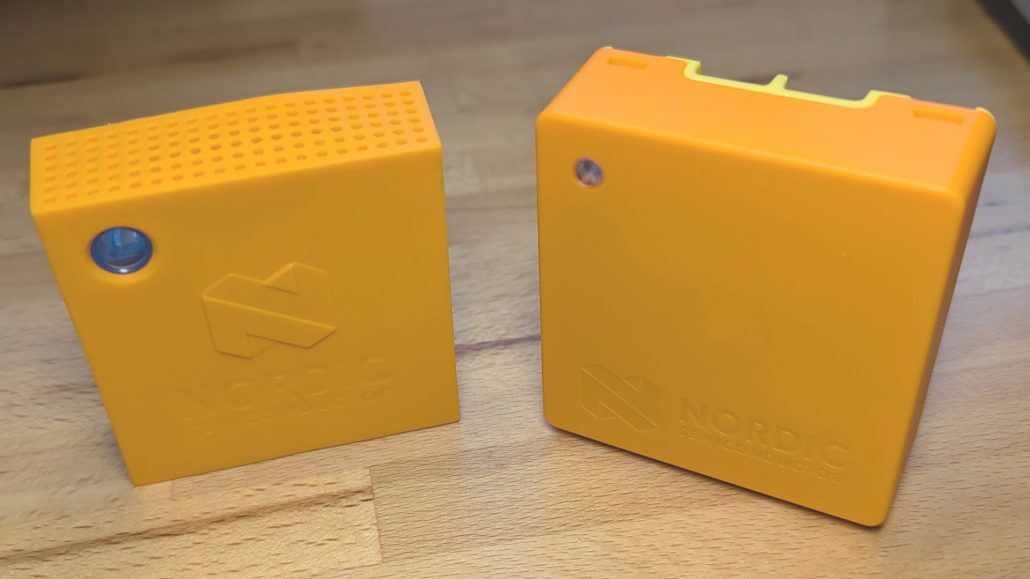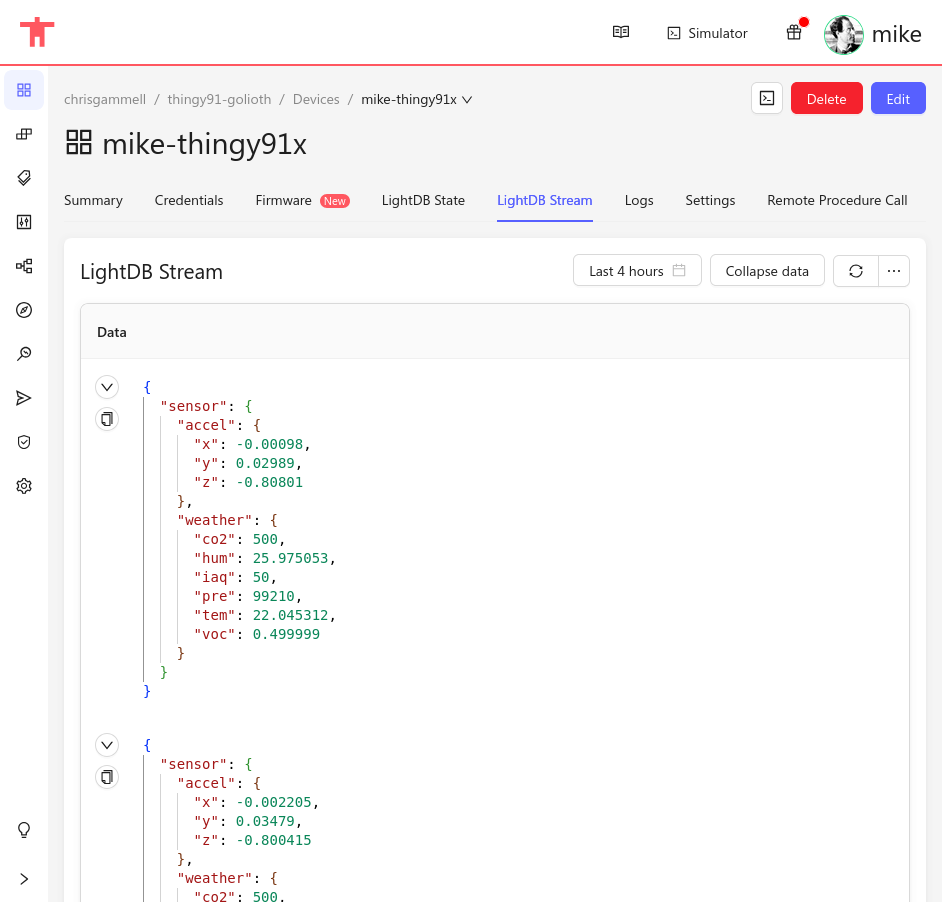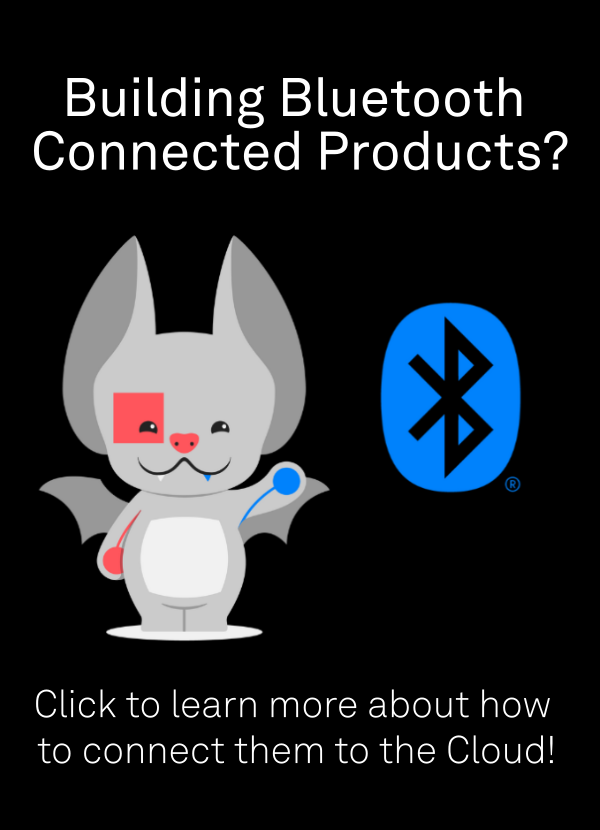The Thingy:91 X is a new prototyping platform from Nordic Semiconductor based on the nRF9151 System-in-Package (SiP). You get a cellular modem, Bluetooth chipset (nRF5340), Wi-Fi offload processor (nRF7002), GNSS, environment sensor, magnetometer, accelerometer, IMU, gyroscope, power management features (nPM1300), all powered from a battery and in a nice small orange case; there are also connectors to enable extending this design using Stemma/QWIIC connectors, and power measurement of each individual chipset.
Out of the box, it’s an IoT device ready to use, especially because it already works on the Golioth device management platform!
Old Versus New
The new Thingy:91 X is the successor to the Thingy:91. The original model is based on the nRF9160, and includes a color sensor along with environment and accelerometer/IMU. The new model adopts the nRF9151, which is Nordic’s latest cellular offering. You may remember us taking the nRF9151 DK for a test-drive back in June. It includes separate accelerometer and gyro chips, a similar environment sensor offering, and leaves off the piezo buzzer and color sensor (RIP PWM chiptunes).

If you’ve already been working with the nRF9160, it will be trivial to adapt your Zephyr project to use the thingy:91 X. Zephyr now supports Kconfig and Devicetree files at the SoC level in project, so your codebase can designate configuration for the 9160 and 9151 in an socs folder in the same way that the boards folder works. We were pleasantly surprised that in our projects the configuration is the same for both.
Connect Your Thingy:91 X to Golioth, No Compilation Necessary
We have supported the Thingy91 as a Golioth Reference Design for a long time. And I’m happy to report that we have added the Thingy91X to the same project. Better yet, you can try out Golioth without needing to compile anything. Full details are available on the thingy91-golioth repository.
We adapted the codebase to account for differences between the boards. Since the 91X doesn’t have the piezo buzzer or the light sensor of its predecessor, there’s a bit of conditional code to retain legacy support. For the other 91X sensors, Zephyr’s abstraction layers made the change a matter of crafting board configuration and overlay files. And as mentioned before, we simply copied all of the same configuration for the nRF9160 into a file for the nRF9151.

Get the latest release, flash the full binary to your device, and you’ll have the first node in your new IoT fleet running in less than an afternoon. Credentials are assigned via serial connection. The device will stream sensor data to Golioth’s time-series database. You can push command and control back to the device using our Settings or RPC services.
Golioth is free for individuals, so head over to the Golioth console and begin your own test drive now.


No comments yet! Start the discussion at forum.golioth.io